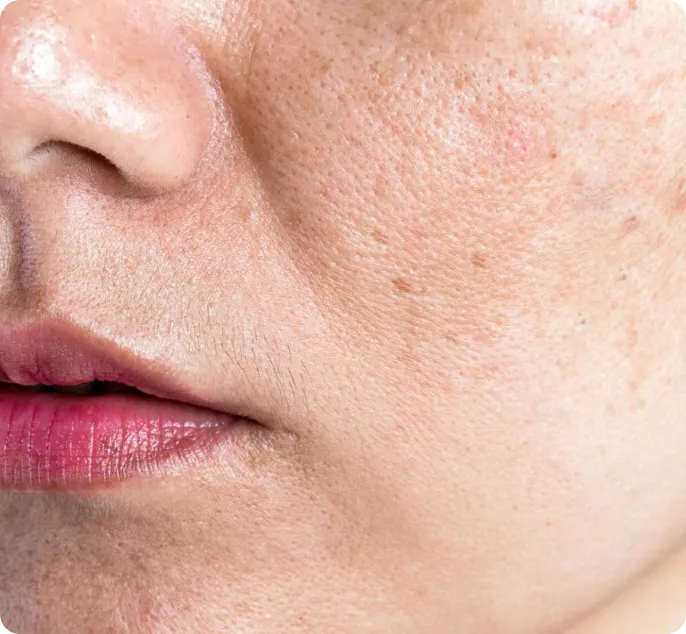

Tanned Skin: Causes, Prevention And Treatment
Tanned skin is a common condition caused by prolonged exposure to ultraviolet (UV) rays from the sun or artificial sources like tanning beds. While a tan can give the skin a darker appearance, it is essentially a sign of skin damage and can lead to various skin issues over time.